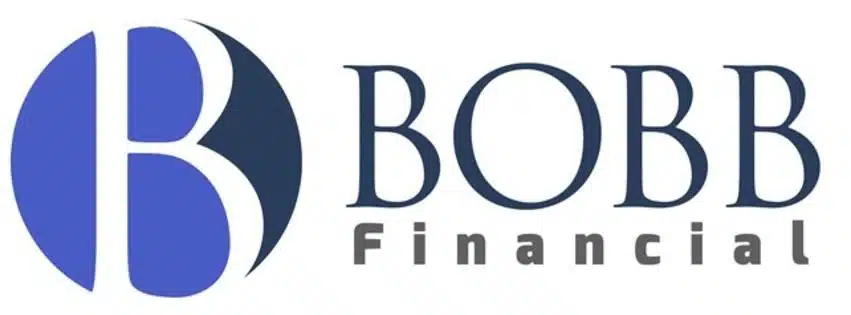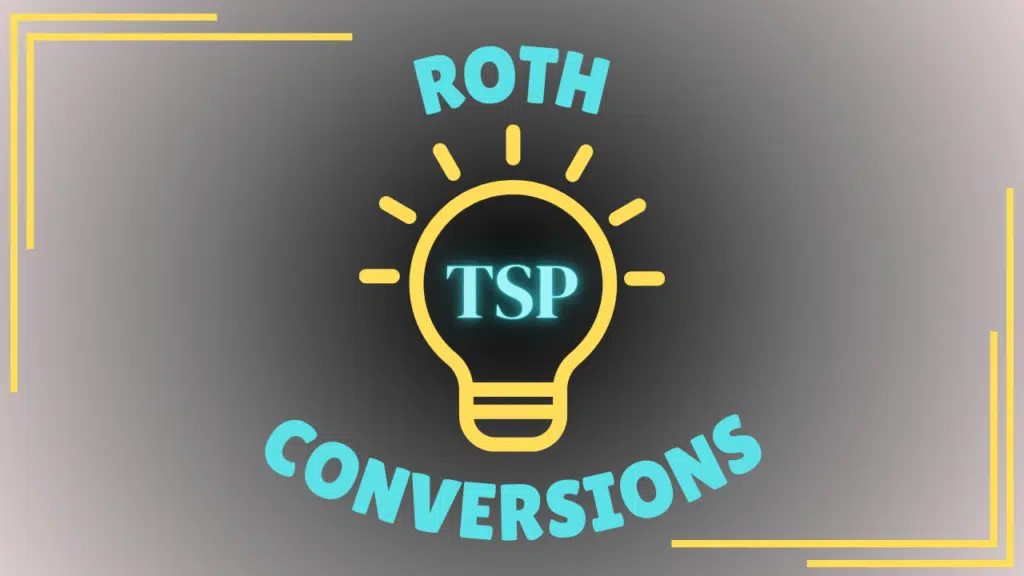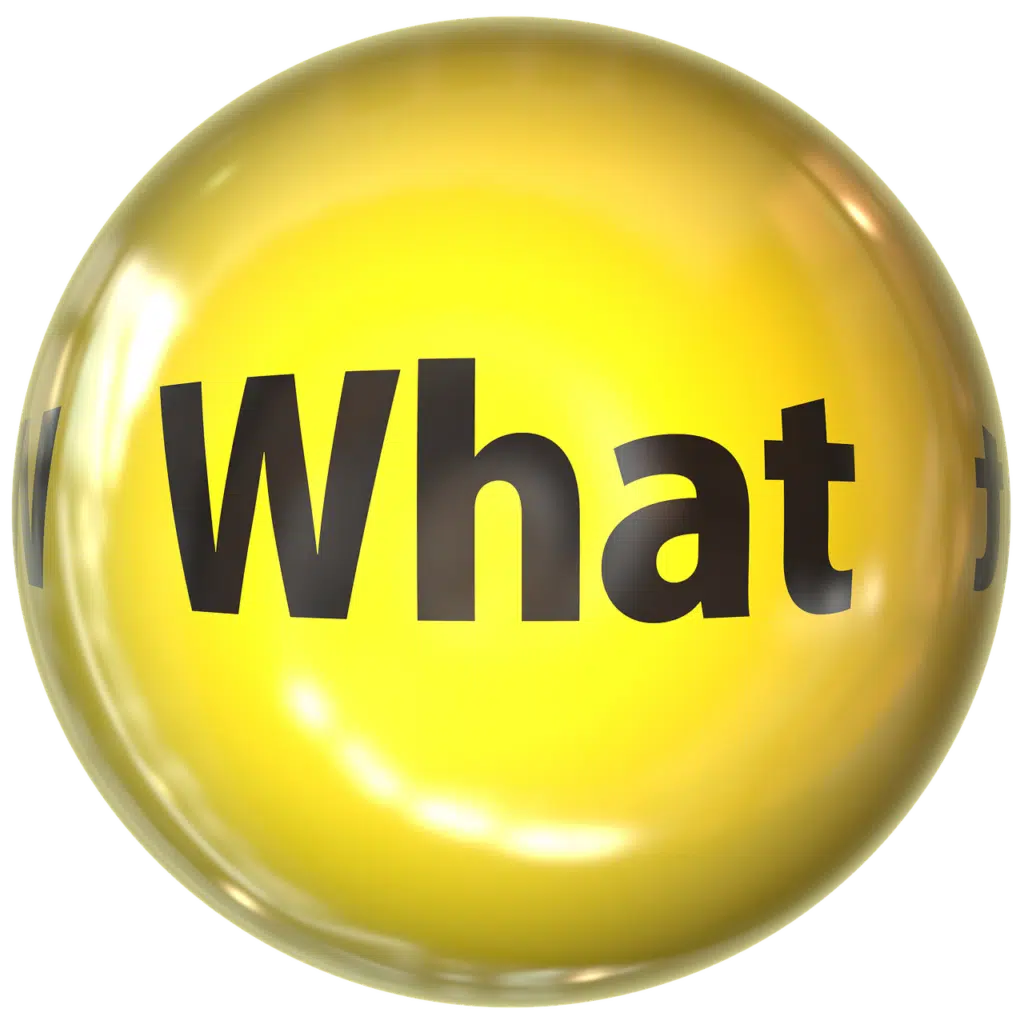Blog
If you’re a federal employee and your agency is offering a VERA, handing out VSIPs
- Brad Bobb, CFP®
With the ongoing discussions about the Department of Government Efficiency (DOGE) and the recent “Fork
- Brad Bobb, CFP®
In November, TSP officials announced a major update that will impact all 4.1 million account
- Brad Bobb, CFP®
Pulling funds from your brokerage account first would likely lead to paying lower taxes today,
- Brad Bobb, CFP®
We talk a lot about survivor benefits in retirement, Federal Employee Group Life Insurance (FEGLI),
- Brad Bobb, CFP®
To be truthful, there are hundreds of things you can do to prepare for retirement,
- Brad Bobb, CFP®






